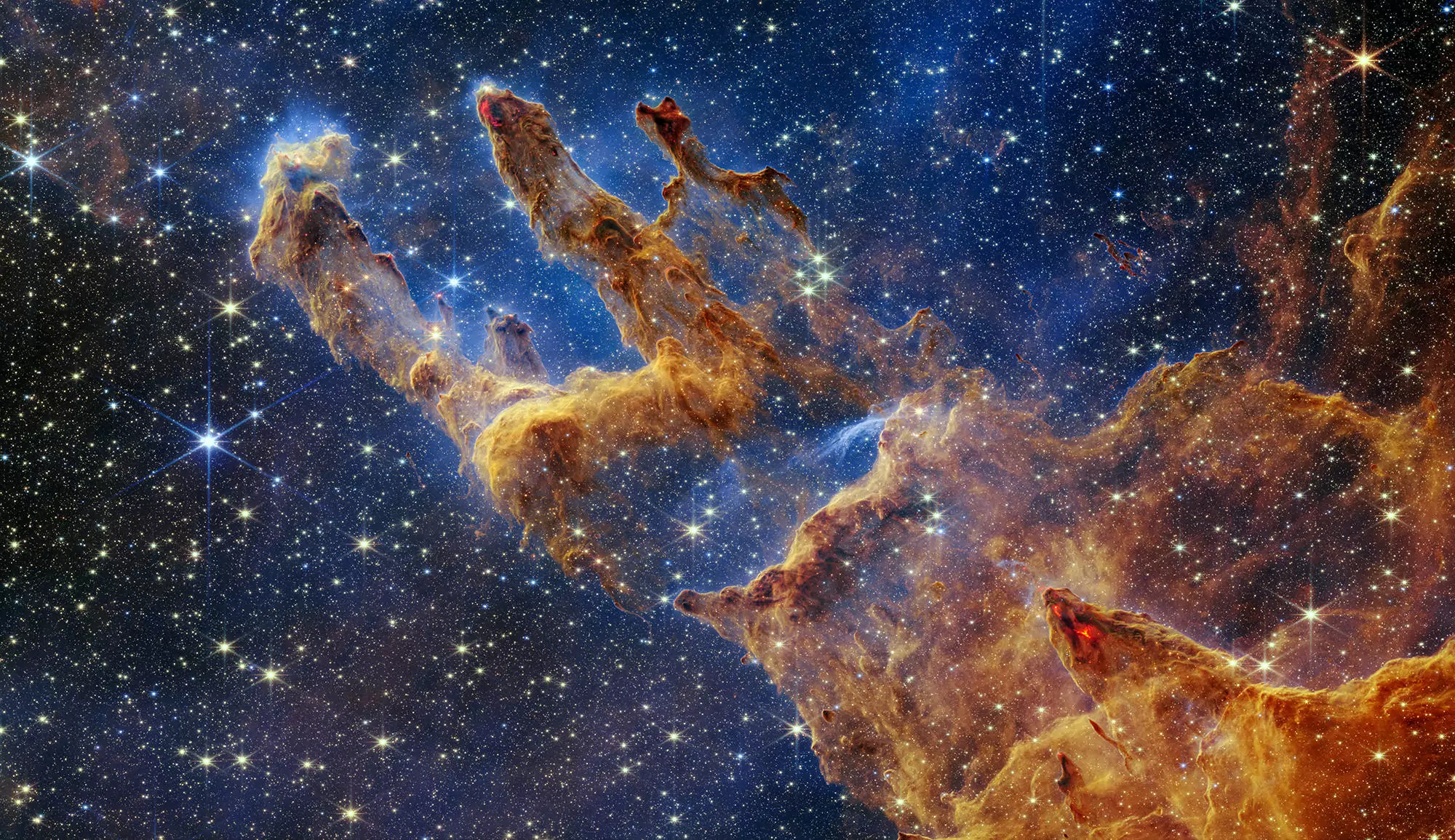The European Space Agency’s (ESA) Rosetta mission was launched in 2004 to rendezvous with comet 67P/Churyumov-Gerasimenko in 2014. In its journey to the comet, it had three Earth and one Mars gravity assist and two asteroids, (2867) Steins and (21) Lutetia, flybys. Rosetta spacecraft flew by Lutetia on July 10th, 2010, with a closest approach distance of 3170 km and a relative velocity of 15 km/s. The images taken by Optical, Spectroscopic and Infrared Remote Imaging System OSIRIS cameras onboard reveal an object with dimensions of about 120x100 km, complex geology and very high asteroid densities. Lutetia seems a very old object with irregular shape result of collisional history. Some smooth younger areas have been also observed. The asteroid lifelong bombardment produced several big craters (tens of kilometers in dimension, up to 55km), and many different generation of smaller craters. The North Pole region is covered by a thick layer of fine dust (regolith), seen to flow in major landslides, generated by impact-induced seismic activity.

Sparsely, the presence inside some big craters of boulders, apparently dark, indicates a complex impact mechanism. The images display reflectance (albedo) variations and a great richness of different structures : pits, craters chains, ridges, scarps and wide younger terrains. Thus Lutetia appears likely a remnant of the primordial planetesimal population. Its geologically complex surface, the surface age and high density suggest that Lutetia is most likely a remnant primordial planetesimal from which all the planets of the Solar System were built, 4.5 billion years ago. The spectra obtained with the Visible, Infrared and Thermal Imaging Spectrometer VIRTIS on the observed north hemisphere, show no absorption features, of silicates or hydrated minerals. The maximum temperature is 245 kelvin and, from theoretical model, it becomes evident that the asteroid surface is covered by powdery regolith. The spectra are in good agreement with primordial carbonaceous (and estatic chondritic) meteorites.

However, after the Rosetta flyby, Lutetia’s composition remains a puzzle. A controversy surrounding the classification of Lutetia (is it type C or type M) has arisen due to problems reconciling each proposed class with Lutetia’s properties. In the last several years, lively discussions have taken place on this topic among worthwhile experts. Detailed examination of all the available data reveals that this asteroid is different from all the other known asteroids observed up to now by ground and visited by previous spacecraft. Scientists reanalyzed all the available ground-based observations taken in the last 30 years utilizing many different techniques together with data obtained by Rosetta spacecraft and Herschel and Spitzer space telescopes, all providing important constraints.
Rosetta benefitted from the support of CNES
The Surface Composition and Temperature of Asteroid 21 Lutetia as Observed by Rosetta/VIRTIS Paris Observatory co-authors : Stéphane Erard, Marie-Antonietta Barucci, Dominique Bockelée-Morvan, Michel Combes, Jacques Crovisier, Pierre Drossart, Thérèse Encrenaz, Didier Tiphène Images of Asteroid 21 Lutetia : A Remnant Planetesimal from the Early Solar System Paris Observatory co-authors : Marie-Antonietta Barucci, Sonia Fornasier, Cédric Leyrat
